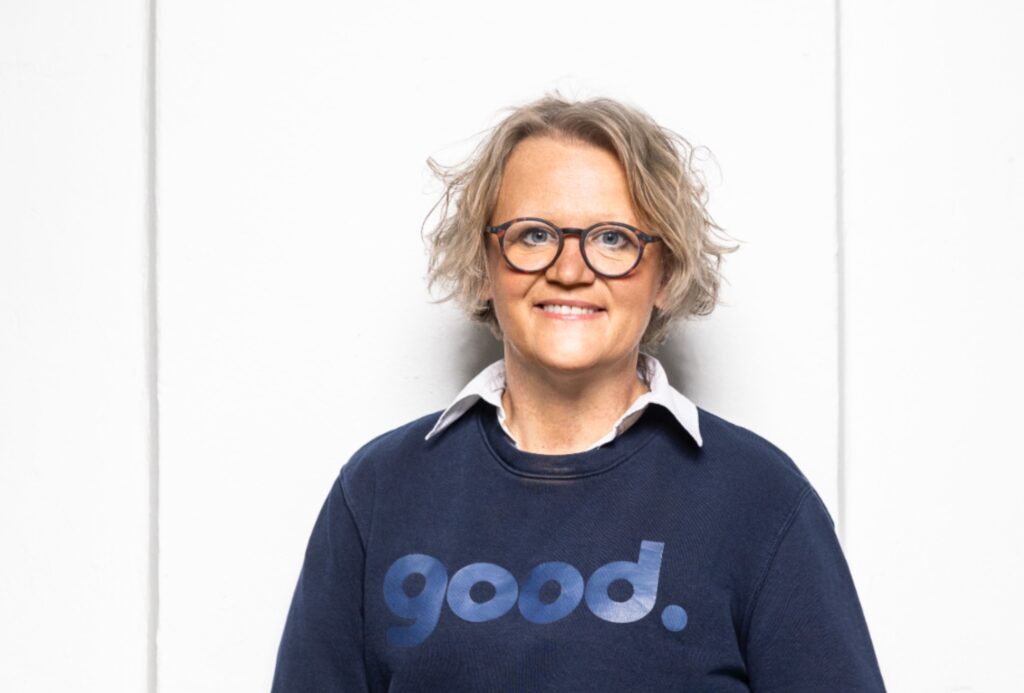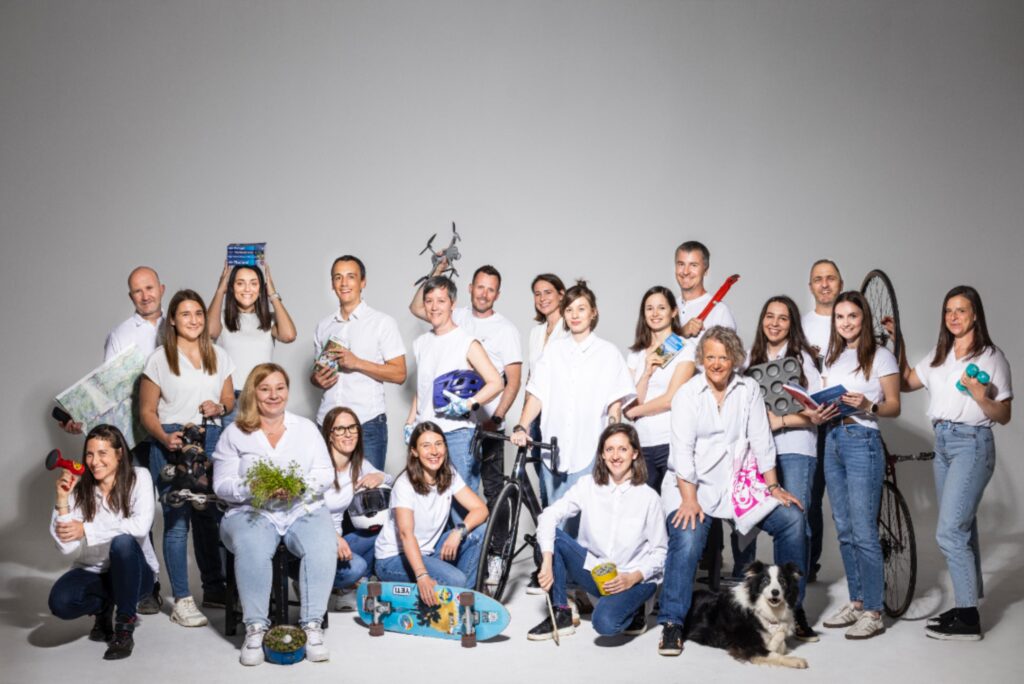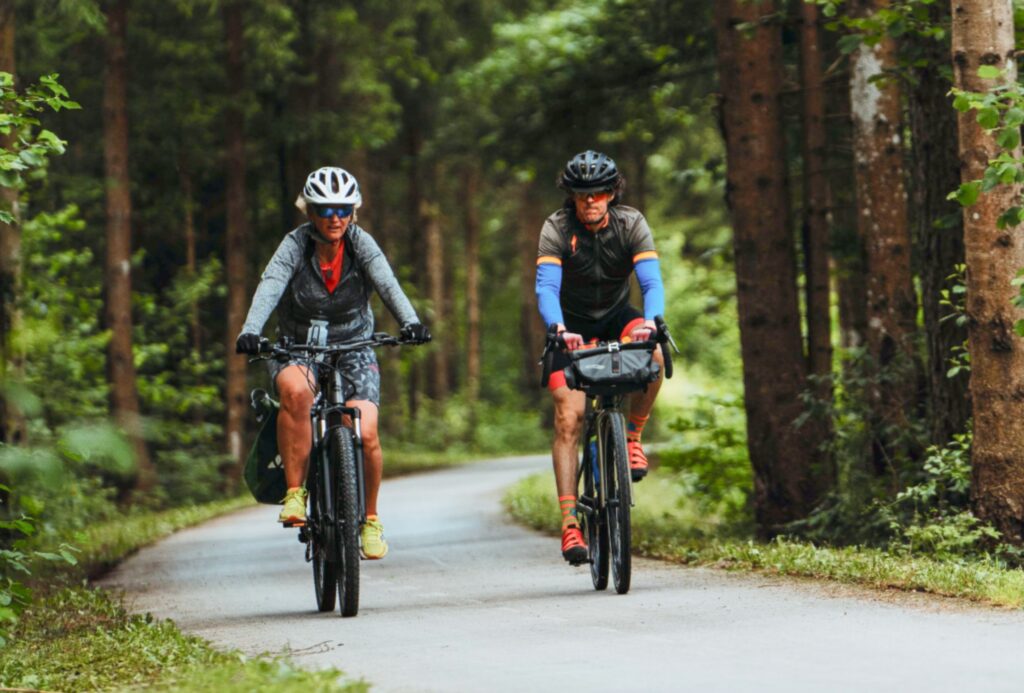Jana Apih: Creating good places with purpose
- Team
- May, 05, 2025
- Interviews
- No Comments

Jana Apih: Creating good places with purpose
Jana Apih is one of the most respected voices in sustainable tourism in Europe. With a background in cultural anthropology and long experience in strategic marketing, she has helped shape what sustainability means in practice. She led the development of the Slovenia Green programme and now heads Green Destinations, a global foundation working with internationally recognised certification standards.
Jana combines strategic insight with hands-on experience. In this interview, she shares how Slovenia Green was built, what makes destinations succeed, and why community involvement is no longer optional. It’s a conversation that highlights the shift from tools to systems and from ideas to implementation.
What we wanted to know from Jana
• What originally motivated her to work with sustainable tourism
• How the Slovenia Green programme was developed and why it works
• What challenges destinations face when implementing sustainability
• What makes some destinations more successful than others
• How Green Destinations can grow and support partners globally
• Why working with local communities is essential
• What the GSTC accreditation means in practice
• Which destinations are leading by example – and why
• What role cooperation and partnerships will play in the future
• A personal insight from behind the scenes
What originally inspired you to engage in sustainable tourism and how has that motivation evolved over the course of your career?
Jana Apih: I felt a real need to do something good. Around that time, Slovenia’s tourism sector signed a declaration in 2012 to become fully sustainable by 2016. There was no plan for how to get there, so I saw a gap and the opportunity to create support programmes. I come from a family that’s deeply committed to sustainability, so it all fell into place for me. My personal drive and that national declaration converged. Today, I’m still motivated by the same goal: to do something good. That’s why we named our brand Good Place, we want to create, live and work in good places, everywhere.
Is that when the Slovenia Green Programme was developed? Can you tell us about the programme’s structure, its biggest challenges and its successes?
Jana Apih: Yes, the declaration pushed us into action. Together with the Tourist Board, we recognised the need for a system to support the sector’s sustainability ambitions. Destinations began requesting support from the bottom up. We set up Slovenia Green as an umbrella certification programme that uses recognised international standards rather than reinventing the wheel. For destinations, we adopted the Green Destination Standard, and for businesses, we brought in schemes like Travelife, Green Globe, Green Key, Good Travel Seal, B Corp and the EU Ecolabel. Our strength comes from Slovenia’s green DNA, people here deeply value nature, and from combining those third-party standards under one system. That gave us credibility and a clear, systematic way to support over 60 certified destinations covering 95 per cent of overnight stays in Slovenia.

When you look at destinations working with the Slovenia Green Certification Programme, what are the main challenges they face, and how do they overcome them?
Jana Apih: It always comes down to people. Success hinges on having a committed green coordinator and team who attend our trainings and dedicate time to the process. If coordinators change frequently or skip training, the destination struggles. On the other hand, when mayors, directors and multi-departmental green teams collaborate and budget for the action plan created after each audit, they excel. We require each certified destination to present its plan to the municipal board, secure funding and report back annually. That continuous support and accountability is what turns a certificate into real progress.
Since this year you’ve become Executive Director of the Green Destinations Foundation. What are your goals for the organisation and how do you plan to strengthen it?
Jana Apih: I was thrilled to accept this global role. Green Destinations is one of the few organisations holding a GSTC-accredited standard for destinations and supports a vast network of partners worldwide. My surprise was how complex it is to coordinate different cultures, expectations and systems on a global scale. My goal is to introduce more centralisation in our core operations so we can offer stronger, more consistent support to destinations and partners everywhere. I also want to bring some of the agile, hands-on tools we developed at Slovenia Green into the global programme. Tourism reacts fast to external changes, so we need systems that can keep up and help destinations adapt swiftly.
Do you see opportunities for Green Destinations to collaborate internationally with other organisations to further promote sustainable or even regenerative tourism?
Jana Apih: Absolutely. We’re already active in networks like the Good Travel Alliance. Going forward we’ll need ever more partnerships to shift from sustainability to regeneration. That means broadening our focus beyond tourism to include agriculture, supply chains and community economies. We’re stronger together and must work hand in hand if tourism is to become a true force for good.
The Green Destination Standard is GSTC accredited. How does that accreditation affect your certification process and what benefits does it bring?
Jana Apih: GSTC accreditation means destinations can aim for full compliance with a globally recognised benchmark. They use our online platform to submit data, undergo audit and, if they reach 100 per cent compliance, earn GSTC certification. Fewer destinations achieve full compliance right away, so we offer a tiered award system – bronze, silver, gold and platinum – to encourage gradual improvement. That way sustainability becomes a journey, not a one-off stamp.

Could you share examples of destinations that have really excelled, and what lessons others might learn from them?
Jana Apih: In Slovenia Bohinj and Ljubljana have both reached platinum level. Bohinj treats the destination as its living room, putting local communities first and asking visitors to respect that space. Ljubljana runs campaigns educating residents about tourism’s infrastructure benefits and involving them in decision-making. Those who engage inhabitants, survey satisfaction and then act on feedback see far better results. The key lesson is to view residents as partners, not bystanders.
How crucial is active community engagement for sustainable tourism success?
Jana Apih: It’s absolutely crucial and becoming more so. For years we focused on measuring environmental indicators like waste and water use because they’re relatively straightforward. But giving local people a voice is far harder to measure and manage. You have to ask whether residents even want tourism and then truly integrate their views into planning. If they say no, destinations must decide whether to deny permits or demonstrate how tourism can benefit the community. Tourism needs to act as a facilitator for community decision-making, not an external driver overriding local needs.
As a final question, is there any personal insight or secret you could share that most people don’t know?
Jana Apih: Just last week I joined a brainstorming session with Anna Pollock, Andreas Koch and Pawel Nizinski on tourism as a force for good. I realised I have a highly operational mind. I love inspiration but I’m always the one asking, And how do we actually make this happen? That self-awareness was a lovely surprise. It showed me where I fit in and how I can best contribute to turning ideas into action.



